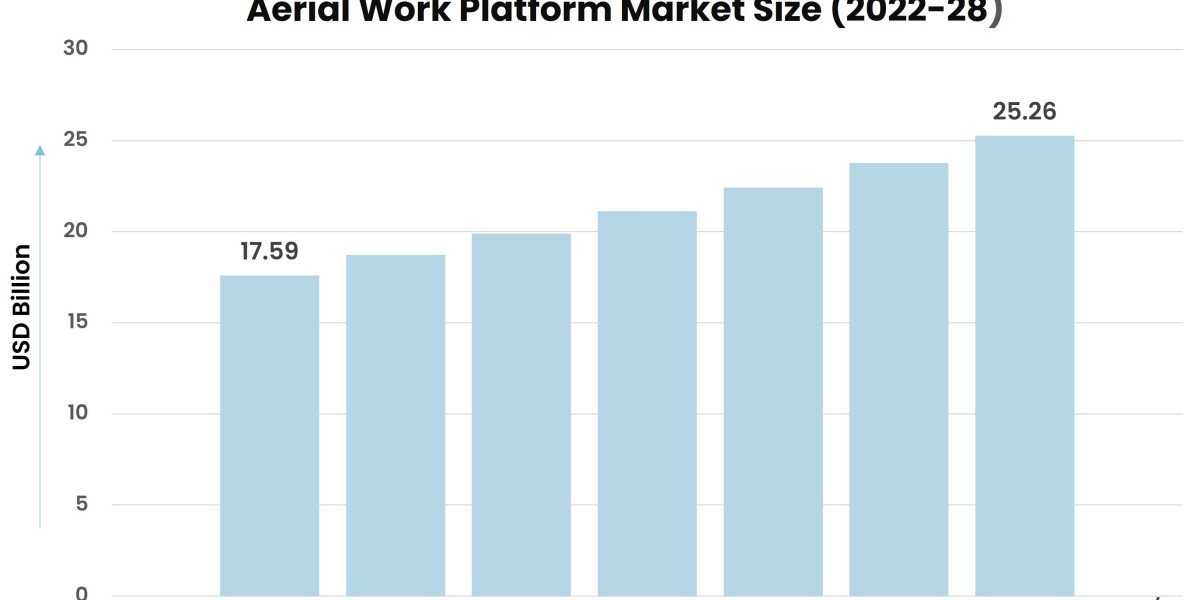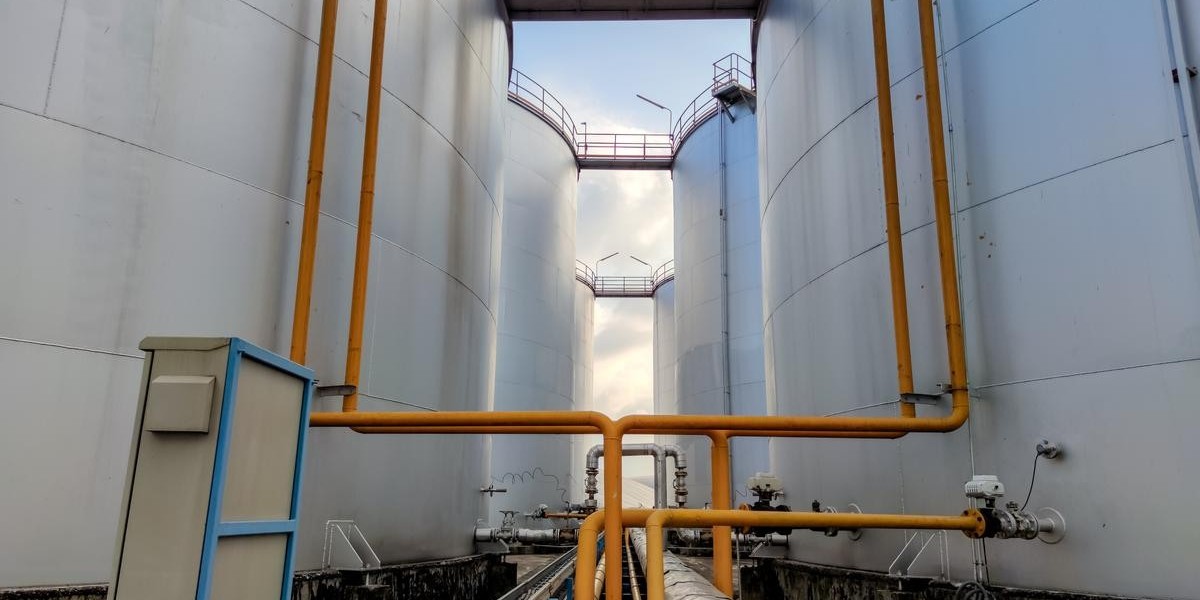The aerial work platform market, encompassing scissor lifts, boom lifts, and other elevated work platforms, has experienced significant growth due to advancements in technology and increased safety regulations. However, AWP manufacturers face a dynamic landscape filled with both challenges and opportunities.
According to Stratview Research, the aerial work platform market was estimated at USD 17.59 billion in 2022 and is likely to grow at a CAGR of 6.17% during 2023-2028 to reach USD 25.26 billion in 2028.
Challenges
- Intense Competition
The aerial work platform market is highly competitive, with numerous players vying for market share. This competition pressures manufacturers to continuously innovate while keeping costs down, which can strain profitability.
- Regulatory Compliance
Stringent safety and environmental regulations globally necessitate significant investment in compliance. Manufacturers must ensure their products meet these standards, which can be both costly and time-consuming.
- Supply Chain Disruptions
Global supply chain issues, exacerbated by events such as the COVID-19 pandemic, pose significant risks. Disruptions can lead to delays in production, increased costs, and challenges in meeting customer demand.
- High Manufacturing Costs
Aerial work platforms are complex and require significant investment in high-quality materials and precision engineering. The costs associated with research and development, along with manufacturing, can be prohibitive, especially for smaller companies.
- Technological Obsolescence
Rapid technological advancements mean that aerial work platform manufacturers must continuously innovate. Failing to keep pace can render existing products obsolete, making it difficult to remain competitive.
Opportunities
- Technological Innovation
The integration of new technologies, such as autonomous operation, IoT, and telematics, presents substantial opportunities. These advancements can improve safety, efficiency, and user experience, providing a competitive edge.
- Sustainability Initiatives
The push for sustainability opens up avenues for developing eco-friendly aerial work platforms. Electric-powered platforms and the use of sustainable materials can attract environmentally conscious customers and comply with increasing environmental regulations.
- Emerging Markets
Rapid urbanization and industrialization in regions like Asia-Pacific, Latin America, and Africa present significant growth opportunities. Expanding into these emerging markets can help manufacturers tap into new customer bases and drive revenue growth.
- Rental Market Expansion
There is a growing trend toward renting rather than purchasing aerial work platforms. This shift offers manufacturers the chance to develop rental-specific product lines and form partnerships with rental companies, creating steady revenue streams.
- Customization and Specialization
Offering tailored solutions for specific industries, such as telecommunications, energy, and agriculture, can differentiate manufacturers from competitors. Specialized aerial work platforms that meet unique industry requirements can enhance market penetration and customer loyalty.
Conclusion
The aerial work platform market is characterized by both significant challenges and abundant opportunities. Manufacturers must navigate intense competition, regulatory pressures, and supply chain issues while leveraging technological innovations, sustainability trends, and emerging market growth. By focusing on these areas, aerial work platform manufacturers can position themselves for long-term success in a rapidly evolving industry.



